AFYA
Kol Ami is assisting AFYA by packaging medical supplies.
As most of you know by now, Congregation KolВ Ami and Scarsdale Synagogue Tremont Temple-Emanuel have been working together to sponsor and assist a refugee family from Syria. The family has been living in White Plains for the past seven months and has settled in to life in the United States. You may remember that the mom and dad are Amina and Salam and the children are Alan, 9; Digar, 8; and Laila almost 6. They are Kurdish and originally from Aleppo, but they came here from Malaysia where they had been living after escaping terrible violence in their neighborhood. Everyone speaks English, although the children are more fluent than their parents who have been attending ESL classes since they arrived in the US.
Although Salam initially began observing in a dental lab to learn the technology, he has decided not to pursue that profession and instead is currently employed at Macy’s Department Store. He is still finding his way with the help of our employment co-chair and may pursue a culinary course for refugees where he can learn and be paid at the same time. Due to the enormous generosity of congregants at both synagogues, funds were raised to purchase commercial sewing machines so that Amina could start her own alteration business. Due to the clothing factory connections of one of our employment committee co-chairs we were able to obtain these excellent machines easily and slightly wholesale. Amina is now in business – she is an expert seamstress who can alter and make any clothing item.
The children, who are enrolled in Church Street School in White Plains, are doing well and are very happy there. They truly are blossoming. Through the efforts of one of our education co-chairs, the older boy is singing in the chorus, (he was thrilled with his first choral performance) and is learning chess and the violin. All the children are taking a weekly dance class after school and the two older children are enrolled in a weekly drama program – also thanks to our education co-chair. Additional thanks to our finance chair and the community connections committee for providing everyone in the Shatlo family with plenty of warm clothing for the very cold weather.
With the help of another member of the community connections committee, Salam has learned about American banking and managing finances.
In an arrangement with the teen director, Salam spoke to Kol Ami’s teens about his experience growing up in Syria and as a refugee. His talk was well received by those in attendance and he answered many questions asked by the teens.
Many committee members have provided the Shatlo family with typically American experiences – trick or treating on Halloween, visits to the Botanical Gardens, to the Bronx Zoo, to the Museum of Natural History and to family events in their homes. In addition, our health committee member has seen that everyone in the family has made it to a variety of medical and dental appointments.
Much has been accomplished on behalf of our family and by the family members themselves. They are very grateful to all of the members of our group who have remained steadfast in their involvement and support and have enabled the family to have progressed.В Many thanks to all of you who have given so much.

Sundays, 9:00–11:00 AM
Our Kindergarten theme, My Jewish Me, invites children to explore how their unique selves connect with Jewish traditions and celebrations. Through a rich, multi-sensory approach, Jewish holidays come to life in joyful and meaningful ways.
Each child will create their own personal My Jewish Me scrapbook and a keepsake Shabbat box to bring the learning and celebration home.
Hebrew Through Music, Art & Dance:
Special Events & Family Fun – Throughout the year, we also host engaging grade community events like:
Interested in learning more? Contact Pam Pass, Religious School Director : 914-949-4717 x124
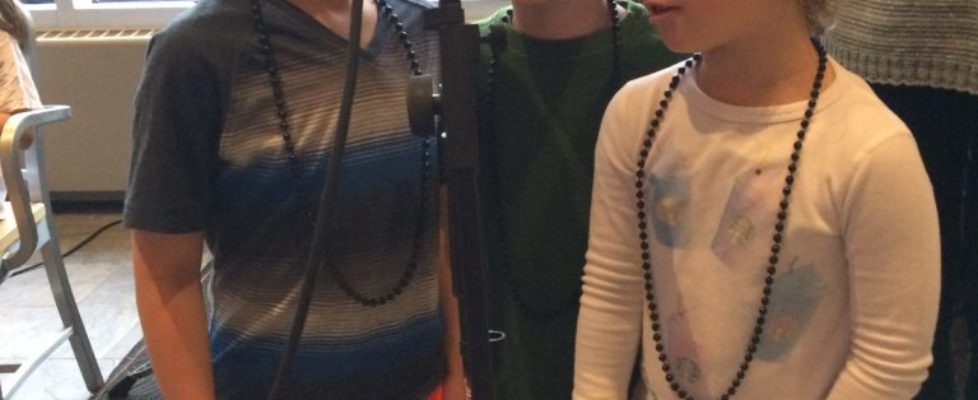
First Graders focus on the family, “My Jewish Home” and the synagogue. They explore our synagogue building, and learn the meaning and uses of specific ritual objects and important places in our Synagogue and Sanctuary. Our children will share their new knowledge as eachbecomes a “docent,” guiding their parents on a synagogue scavenger hunt.  Continued exploration of the Jewish holidays takes on deeper meaning as our First Graders learn about both synagogue and home celebrations. Hebrew learning is introduced in Kindergarten through Kashkesh, our immersive Hebrew learning program of Music, Art and Dance.
Kashkesh is our dynamic immersive Hebrew learning program designed to provide our youngest students (K-2) with an engaging and dynamic environment that focuses on building a beginning Hebrew vocabulary through music, art and dance.В Through the guidance of our Kashkesh learning specialist, Candice Polner teaches art, Itamar Gov-Ari teaches music and Shmulik Gov-Ari teaches dance, the program provides project based and experiential learning to make Hebrew come alive for our kids and help them put meaning in context. В
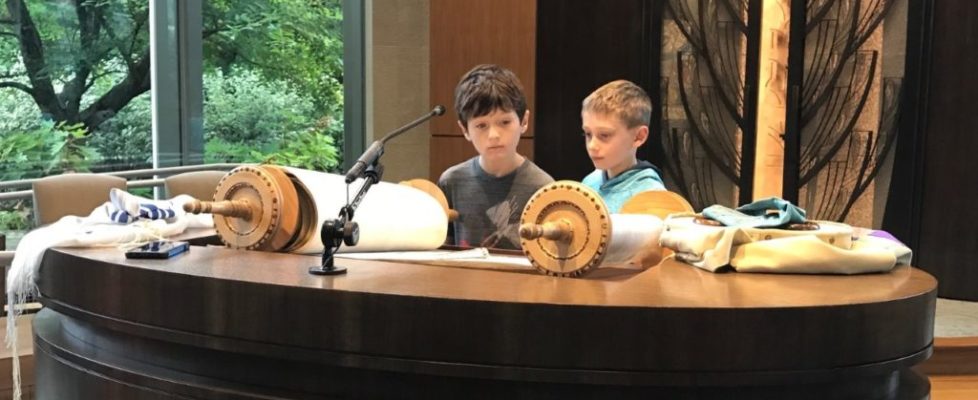
Second Graders begin their journey through the world of the Torah. They study some of the extraordinary stories at the heart of the Jewish people, and discover their messages. They will illustrate and construct their own Torah scroll and create a beautiful handmade Torah cover. They explore “What’s in a Name” with their families and learn the meanings and origins of their Hebrew names.  Together with their families they participate in a beautiful Shabbat Torah ceremony.  Hebrew learning continues through Kashkesh, our immersive Hebrew learning program of Music, Art and Dance.
Kashkesh is our dynamic immersive Hebrew learning program designed to provide our youngest students (K-2) with an engaging and dynamic environment that focuses on building a beginning Hebrew vocabulary through music, art and dance.В Through the guidance of our Kashkesh learning specialist, Candice Polner teaches art, Itamar Gov-Ari teaches music and Shmulik Gov-Ari teaches dance, the program provides project based and experiential learning to make Hebrew come alive for our kids and help them put meaning in context. В
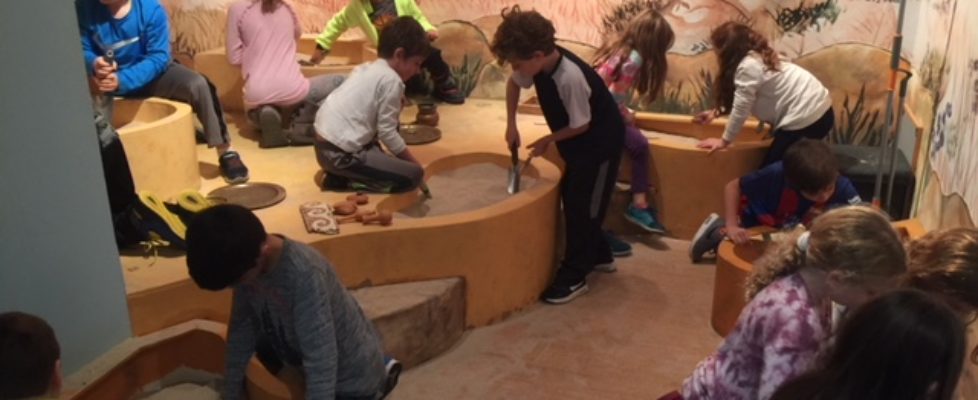
Third Graders continue study of our Jewish Bible and Hebrew while learning in-depth about ancient and Modern Israel through archeology. Special learning experiences include our very own Kol Ami archeological dig, a trip to The Jewish Museum, and the design and presentation of their own museum on archeology and ancient Israel. As we build and strengthen community, our Third Graders sleep-over at Kol Ami on a Friday night in the winter. Third graders begin our formal Hebrew learning and continue to build their Hebrew vocabulary while also learning the Alef Bet and beginning to read!В 3rd Graders continue to participate in Hebrew learning through movement with Israeli Dance taught by Shmulik Gov Ari, our amazing Israeli dance instructor.
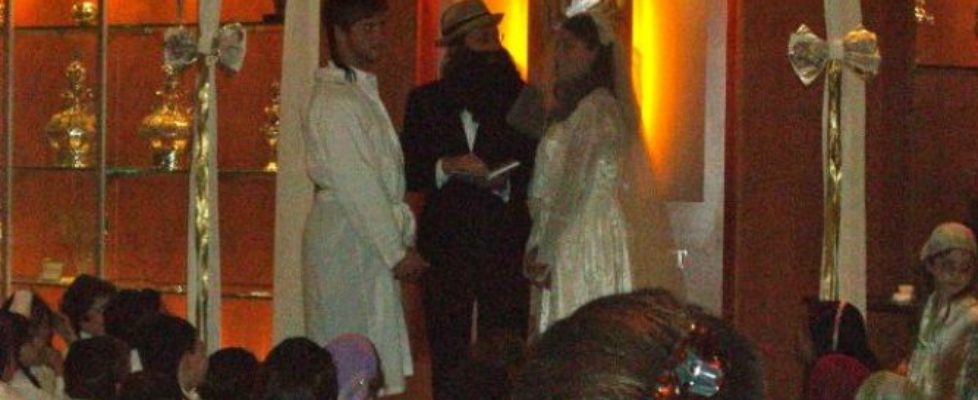
Fourth Graders study Jews around the world. The year is filled with the history, traditions, music, rhythms, religious customs and dance of different JewishВ communities around the world, such as the Sephardim of Spain and the Ashkenazim/ Hassidim of Eastern Europe.В Fourth Graders celebrate with a very special Havdallah Hispanica and a mock Hassidic Wedding! Fourth Graders also participate in a community-building weekend retreat. Beginning in Fourth grade, our students are placed in leveled groups for Hebrew learning each week.В Their Hebrew learning focuses on continued learning of the letters and vowels, learning our prayers, and practice with increasing fluency in Hebrew de-coding and reading.
In the Spring parents attend informational meeting and submit date requests.
For more detailed information, see our B’nai Mitzvah Manual.
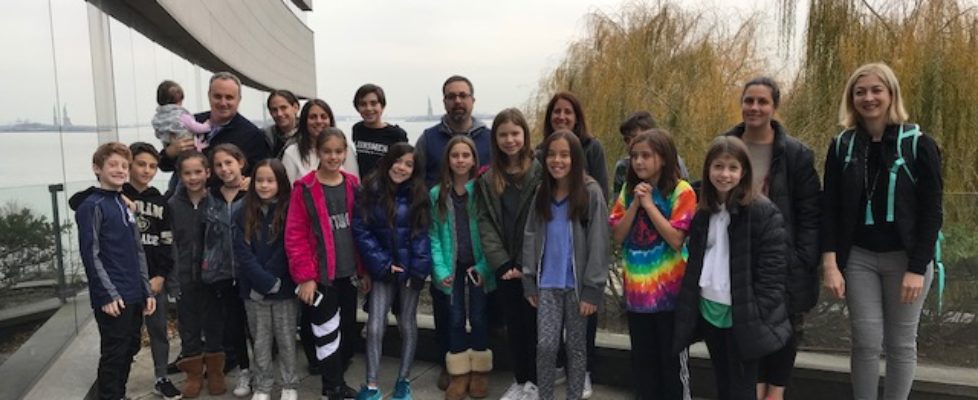
Fifth Graders explore the cycle of Jewish Celebrations. Why do we have all these celebrations, how have they evolved and what do they mean to me? The Jewish year includes the commemoration of the Holocaust, and our fifth graders will begin an age-appropriate study of this tragic time in our history and the renewal of our people in the land of Israel. Students and parents visit the Museum of Jewish Heritage, a place to honor those who died by celebrating life. Their Holocaust unit continues into learning about the foundation of the State of Israel and the modern accomplishments and challenges of our Jewish homeland. They will consider questions of courage and controversy and encounter stories of survival and hope. Fifth Graders also participate in a community-building weekend retreat.В Fifth graders Hebrew learning continues to work on improving reading fluency and learning prayers and their meanings.
In the Fall you will receive your date.
For more detailed information, see our B’nai Mitzvah Manual.
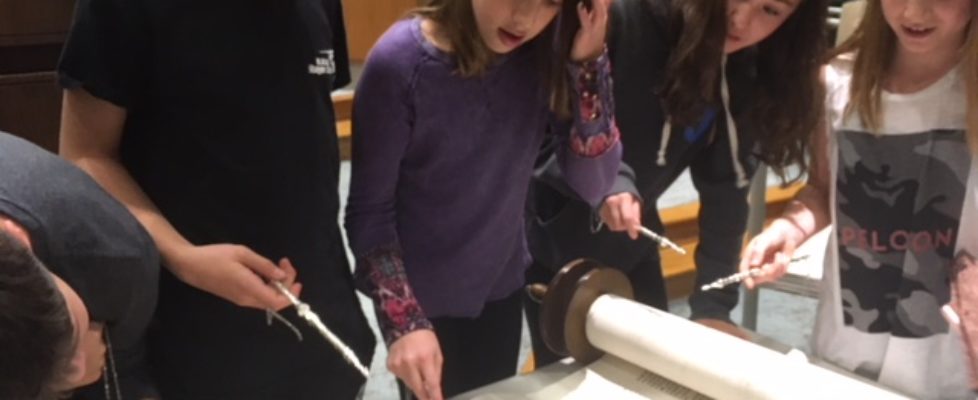
Sixth Graders spend the year learning about American Jewish History: Immigration to America, Jewish Genealogy and Personal Jewish History. This pre-B’nai Mitzvah year gives our students the opportunity to place themselves within their own family’s stories as they prepare to take their place in the unfolding narrative of the Jewish people. Sixth Grade families participate in creating a phenomenal and personal Sixth Grade Family History Museum. Our Sixth graders also participate in the retreat weekend. In Hebrew, our Sixth graders continue to practice what they’ve been learning and begin to learn parts of the Torah service they will lead when they become Bar/Bat Mitzvah at Kol Ami.
Learn more about the Bar/Bat Mitzvah Process
This year each family will attend three required B’nai Mitzvah Workshops where you will meet and interact with the other 6th grade B’nai Mitzvah families.
For more detailed information, see our B’nai Mitzvah Manual.
В